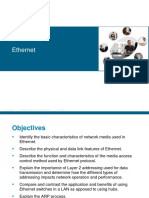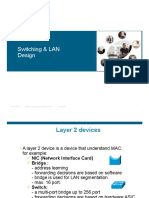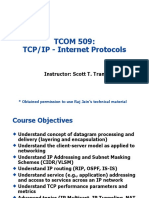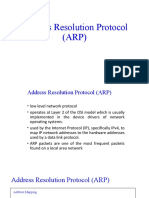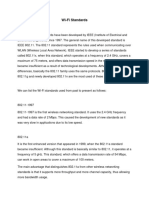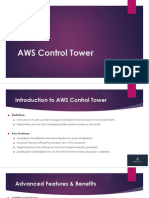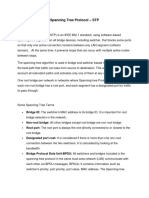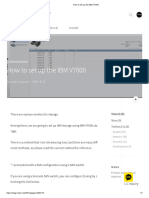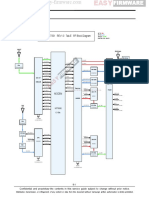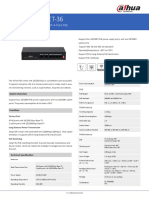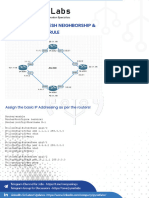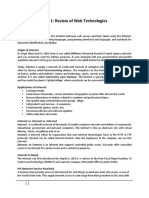0% found this document useful (0 votes)
120 views32 pages1.1 Addressing Resolution Protocol (ARP)
The Address Resolution Protocol (ARP) allows hosts and routers to map IP addresses to MAC addresses. ARP works by broadcasting requests to find the MAC address associated with a given IP address on the local network. Devices store IP-MAC mappings learned from ARP in their ARP tables. When a device needs to send data to another device on the local network, it checks its ARP table to find the MAC address or uses ARP to discover it.
Uploaded by
amit_post2000Copyright
© © All Rights Reserved
We take content rights seriously. If you suspect this is your content, claim it here.
Available Formats
Download as PDF, TXT or read online on Scribd
0% found this document useful (0 votes)
120 views32 pages1.1 Addressing Resolution Protocol (ARP)
The Address Resolution Protocol (ARP) allows hosts and routers to map IP addresses to MAC addresses. ARP works by broadcasting requests to find the MAC address associated with a given IP address on the local network. Devices store IP-MAC mappings learned from ARP in their ARP tables. When a device needs to send data to another device on the local network, it checks its ARP table to find the MAC address or uses ARP to discover it.
Uploaded by
amit_post2000Copyright
© © All Rights Reserved
We take content rights seriously. If you suspect this is your content, claim it here.
Available Formats
Download as PDF, TXT or read online on Scribd
/ 32

